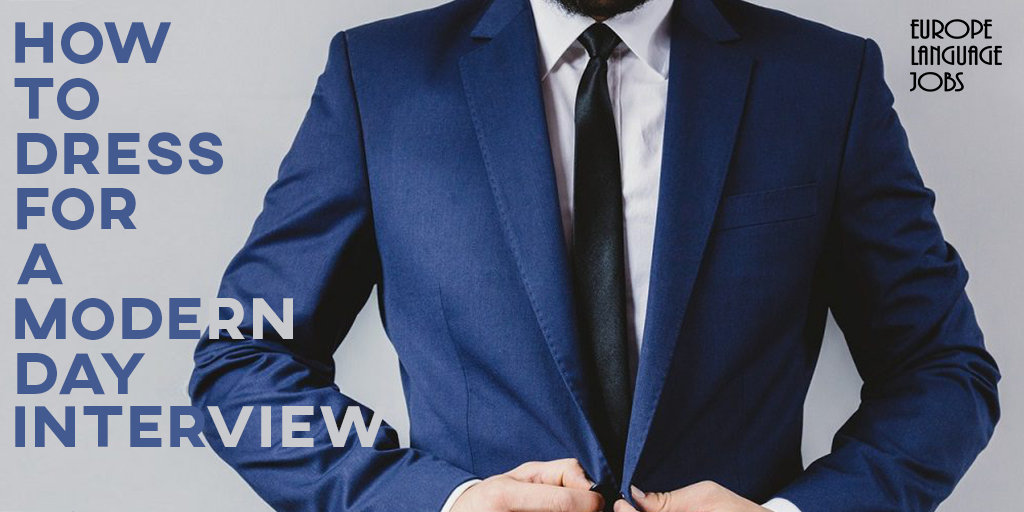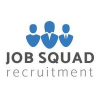The professional landscape is shifting, along with its uniform. Ten years ago you wouldn’t have dreamed of entering any serious interview without a pressed, black suit: but does such a high level of formality still have a place in the today’s world of work?
The answer is probably not so clear, as there are numerous industries and professional fields, where the answer would still be, “yes”.
Within the banking sector for example, if someone working in a high-status bank was advising you on which savings account would be best suited to you, whilst wearing shorts, you may raise an eyebrow, or even subconsciously feel a little less comfortable.
Do I need to wear a suit?
Again, the answer may be dependent on your line of work, but for the majority of employers, the contemporary view on the suit appears to be, “save it for a funeral.”
That isn’t to say that you don’t have to make an effort, as it is important that the employer can picture you in the position you’re applying for. Scuffed shoes or a stained shirt may make you stick in their minds for the wrong reasons. When a potential employer only has a limited opportunity to form an opinion of you, you can’t give them any reason to eliminate you as a candidate.
Wearing a suit, however expensive and flattering, puts you in danger of appearing old fashioned and a little out of touch with the modern-day professional world. Having said that, it is always better to lean on the side of formality, rather than being too informal.

Too much, old boy?
The skill is getting the right balance, as 37% of employers admit that they have decided against a candidate because of the way they were dressed, according to the www.ladders.com.
For most modern-day situations, business casual will suffice; a smart shirt and trousers with some tasteful shoes (maybe even suede as opposed to the more traditional leather) should be fine. The most important thing is to use your initiative and to look suitable and presentable.
Main things to avoid
- Piercings may have a detrimental effect on your impression; however, if you’re going for an interview at a tattoo parlour, maybe they would work in your favour! It’s all about gauging, but overall - not worth the risk. Take them out!
- Being unshaven, or looking generally unkempt are real turn-offs for employers. They won’t see that you’re just having a bad day, slept in and forgot to shave. To them, that is you; a person who does not take pride and care in how they look is unlikely to take pride and care in what they do and produce. If your interview first impression is not good, you rarely get the opportunity to change it.
- There are certain colours that employers recommend avoiding in interviews: orange, red, yellow and pink are universally acknowledged as the worst ones. It’s best to stick to the neutral grey, black and navy.
What about tattoos?
Tattoos are a little more complicated. Again, several years ago the advice was just a simple “no, no and no!” But the world is becoming more and more forgiving and people’s freedom to express themselves is more widely accepted. Tasteful and concealable tattoos can even come across as endearing on the right person, but in the end, it’s a risk. Why not see what the boss (who isn´t your boss) said? You never know who you’re going to be sitting opposite in that interview: so if you’ve got it - cover it up.
Do your research
It may seem obvious but you can always do more research on a company. In the age of the internet, there is no excuse for not being very knowledgeable about a company that is interviewing you, prior to the interview. You can gather clues from the website as to how they see themselves and therefore how you will be expected to dress. You could even find people on Linkedin who already work there. Often people’s profile pictures are of them at work. This would give you a good idea of what the dress code for that particular company... just an idea!
If the company clearly fancies themselves as the new, hip startup in town, then maybe a nice shirt and trousers are sufficient.
If they seem a little more traditional then why not put a blazer on, but make sure it fits well. An ill-fitting blazer is an obvious and ugly mistake.

The suit isn´t a common sight in the Startup world
The thing to bear in mind is that, even though your dad may disagree, the suit is fast becoming the outfit of the past for the average young professional, as companies are increasingly competing with each other in terms of their workers’ happiness, motivation and comfort. Especially in the modern Startup environment, you’re much more likely to rip expensive trousers by playing table tennis in the office, or covering your new shirt in pizza because you “super cool” boss has decided that Pizza Fridays is now a thing.








Basak Karasen1y ago
About piercings, I think hiding who you are is not very trustable. Instead of removing your piercing before the interview people should wear them and indicate that they would accept to remove if necessary
About piercings, I think hiding who you are is not very trustable. Instead of removing your piercing before the interview people should wear them and indicate that they would accept to remove if necessary